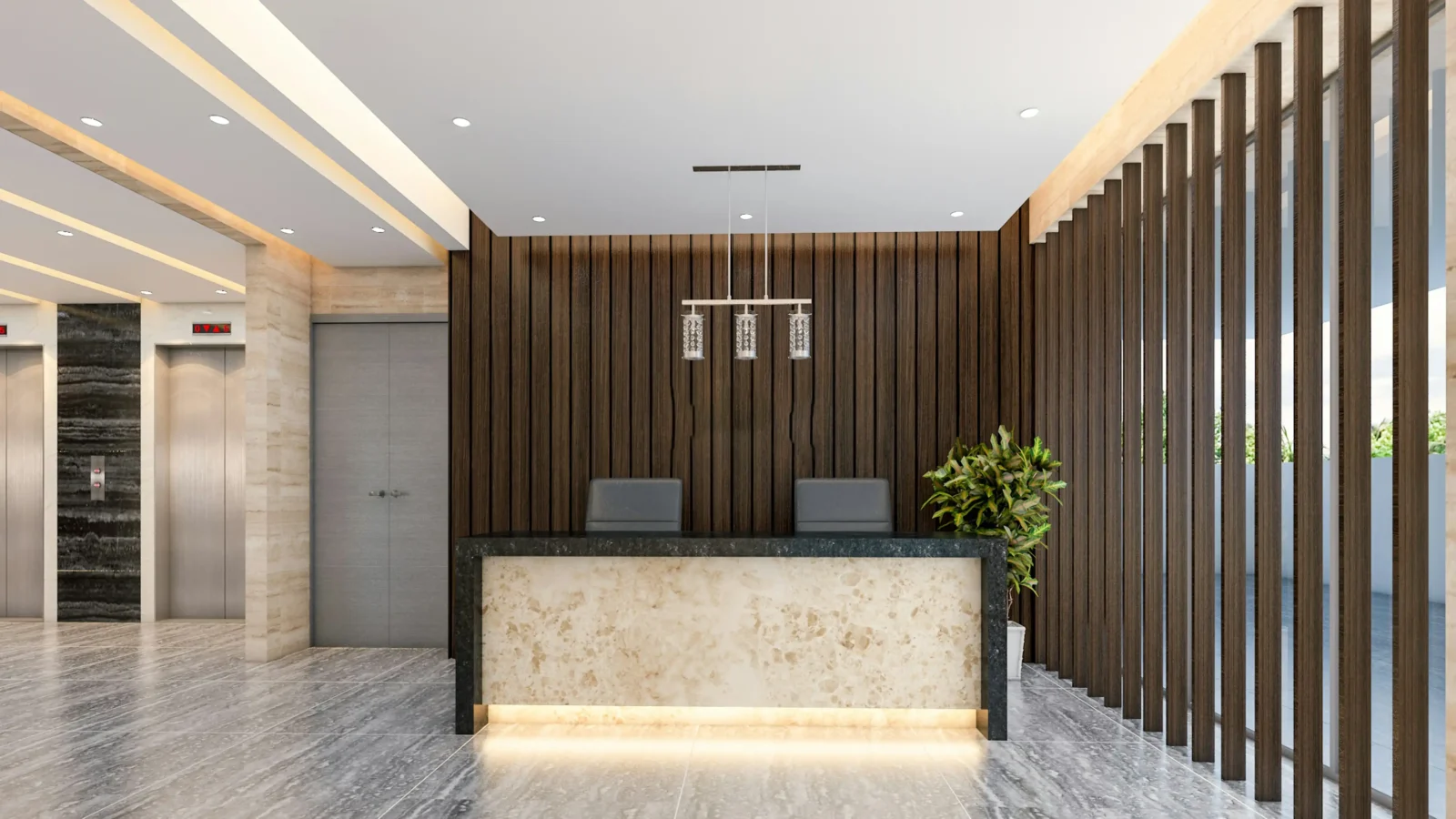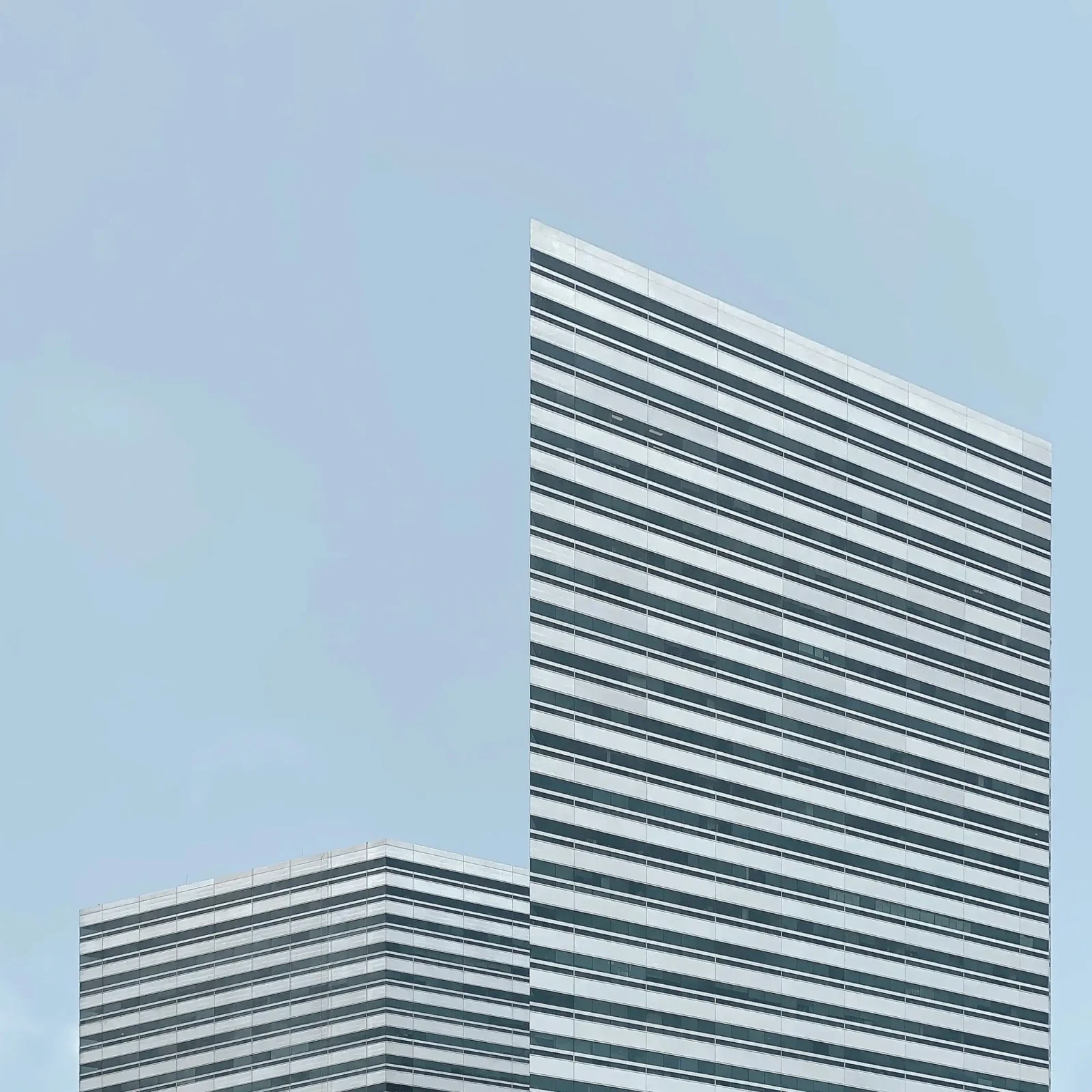- Home
- Articles
- Architectural Portfolio
- Architectral Presentation
- Inspirational Stories
- Architecture News
- Visualization
- BIM Industry
- Facade Design
- Parametric Design
- Career
- Landscape Architecture
- Construction
- Artificial Intelligence
- Sketching
- Design Softwares
- Diagrams
- Writing
- Architectural Tips
- Sustainability
- Courses
- Concept
- Technology
- History & Heritage
- Future of Architecture
- Guides & How-To
- Projects
- Interior Design
- Competitions
- Jobs
- Store
- Tools
- More
- Home
- Articles
- Architectural Portfolio
- Architectral Presentation
- Inspirational Stories
- Architecture News
- Visualization
- BIM Industry
- Facade Design
- Parametric Design
- Career
- Landscape Architecture
- Construction
- Artificial Intelligence
- Sketching
- Design Softwares
- Diagrams
- Writing
- Architectural Tips
- Sustainability
- Courses
- Concept
- Technology
- History & Heritage
- Future of Architecture
- Guides & How-To
- Projects
- Interior Design
- Competitions
- Jobs
- Store
- Tools
- More
Peter Zumthor: Celebrating the Art of Minimalism and Sensory Architecture
Explore the visionary work of Peter Zumthor, a master of minimalist architecture blending materiality, atmosphere, and emotion. From Therme Vals to Bruder Klaus Chapel, uncover how his designs create sensory-rich experiences, foster human connection, and harmonize with nature.

When we think about architecture that transcends time, Peter Zumthor’s name immediately comes to mind. Known for his minimalist yet deeply emotive designs, Zumthor has redefined how we experience spaces. His work isn’t just about buildings—it’s about creating moments and stories that linger long after we’ve left.
As a master of materiality and atmosphere, Zumthor’s creations feel like they’re in perfect harmony with their surroundings. Whether it’s a museum or a chapel, his designs invite us to slow down and connect with the world in a more profound way. There’s a quiet power in his work that speaks directly to our senses.
Table of Contents
ToggleOverview Of Peter Zumthor
Peter Zumthor, born in Basel, Switzerland, in 1943, is a renowned architect recognized for his profound approach to design. He received his formal training at Kunstgewerbeschule Basel and Pratt Institute in New York. Over the decades, Zumthor has emerged as a pivotal figure in contemporary architecture, celebrated for his innovative use of materials, sensitivity to context, and ability to evoke emotion through space.
His architectural practice, established in Haldenstein, Switzerland, reflects a commitment to craftsmanship and a deep understanding of place. Projects like the Therme Vals in Switzerland and the Kunsthaus Bregenz in Austria exemplify this approach. Zumthor’s designs often exhibit a minimalist aesthetic while maintaining a tactile richness that engages multiple senses.
Major international recognitions, including the Pritzker Prize in 2009 and the RIBA Royal Gold Medal in 2013, highlight his contributions to the field. These accolades underscore his dedication to creating architecture that transcends functionality, offering meaningful and sensory-rich experiences.

Architectural Style And Philosophy
Peter Zumthor’s architectural style intertwines minimalism with an acute sensitivity to time, place, and the human experience. His philosophy prioritizes atmosphere and meaning over spectacle or ornamentation.
Minimalism And Sensory Design
Zumthor embeds minimalism into every project, using clean lines, open spaces, and restrained compositions. His work focuses on the sensory impact of architecture, considering how light, sound, and texture influence human perception. For instance, the Therme Vals spa uses minimalistic design to immerse visitors in a meditative experience, where water and stone resonate with serenity. His spaces often evoke introspection and emotional engagement, creating environments that do more than serve a purpose—they tell a story.
Use Of Natural Materials
Natural materials are intrinsic to Zumthor’s approach, selected for their tactile and visual properties. He emphasizes the authenticity of materials like stone, wood, and concrete, celebrating their imperfections and natural aging processes. In works such as the Kunsthaus Bregenz, Zumthor uses glass and polished concrete to interact seamlessly with natural light, enhancing the building’s connection to its surroundings. This careful material selection reflects his commitment to craftsmanship and environmental harmony, as well as his belief in architecture as a bridge between humanity and the natural world.

Iconic Works By Peter Zumthor
Peter Zumthor’s architectural legacy includes projects that captivate through materials, atmosphere, and context. Let’s explore three of his most celebrated works that embody his design philosophy.
Therme Vals
Therme Vals, completed in 1996 in Graubünden, Switzerland, combines luxury and simplicity in a thermal spa. Crafted from 60,000 quartzite slabs, the structure integrates seamlessly into the alpine landscape. Its design emphasizes sensory experience, with dim lighting, narrow corridors, and spatial transitions immersing visitors in a meditative environment. The interplay of water, stone, and light amplifies the spa’s tranquil atmosphere, exemplifying Zumthor’s skill in merging architecture with nature.
Bruder Klaus Field Chapel
The Bruder Klaus Field Chapel, built in 2007 in Mechernich, Germany, displays Zumthor’s mastery of material and ascetic design. Dedicated to Saint Nicholas of Flüe, the chapel features a funnel-shaped interior formed by burning 112 tree trunks. Concrete was poured around the wood, and the charred remnants were removed to create a textured, cave-like form. Its minimalism directs focus inward, evoking contemplation and reverence. Visitors experience the spiritual power of light entering through a small roof opening.
Kunsthaus Bregenz
Kunsthaus Bregenz, completed in 1997 in Austria, is a contemporary art museum noted for its functional and aesthetic precision. Its façade consists of translucent glass panels, which diffuse natural light across the gallery spaces, reducing reliance on artificial lighting. The building’s modular design prioritizes flexibility, with three main exhibition floors adaptable for various artistic displays. The structure’s connection to Lake Constance enhances its presence, creating an interplay between architecture, art, and the surrounding environment.

Awards And Recognition
Peter Zumthor’s contributions to architecture have earned numerous prestigious accolades. His receipt of the Pritzker Architecture Prize in 2009 underlined his ability to craft deeply atmospheric and context-sensitive designs. Often considered the Nobel Prize of architecture, this award recognized his work’s profound impact on contemporary architectural practice.
In 2013, the Royal Institute of British Architects awarded Zumthor the RIBA Royal Gold Medal. This honor, endorsed by the British monarchy, celebrated his architectural achievements and commitment to advancing the discipline. His inclusion in the ranks of previous recipients solidified his reputation as a modern master.
In addition to these, Zumthor received the Praemium Imperiale in 2008, an international prize awarded by the Japan Art Association. This recognition highlighted his global influence and exceptional contributions to architecture and the arts.
Zumthor has also been recognized with regional honors, such as the Heinrich Tessenow Medal in 1987. This award reflected his alignment with Tessenow’s principles of simplicity and craftsmanship, evident in his meticulous designs. Other distinctions include numerous architectural prizes, such as the Mies van der Rohe Award for European Architecture in 1998 for Kunsthaus Bregenz.
These accolades highlight the enduring significance of Zumthor’s work and his role in shaping the evolution of architectural thought.

Influence On Modern Architecture
Peter Zumthor’s approach has redefined how we perceive the integration of architecture with sensory and contextual experiences. His designs prioritize materiality and atmosphere, influencing architects to move beyond visual aesthetics and embrace a multidimensional approach. By focusing on authenticity and the emotional impact of spaces, Zumthor has challenged the dominance of spectacle-driven design in contemporary architecture.
His use of natural materials, such as stone and wood, has inspired a renewed appreciation for material craftsmanship. Architects now increasingly incorporate these elements to create spaces that resonate naturally with their surroundings. For instance, his work on Therme Vals has demonstrated how textured surfaces and ambient light can foster a profound connection between users and space.
Zumthor’s philosophy of place-making has set a benchmark in modern architecture. By embedding his projects within their ecological and cultural contexts, he has advanced sustainable design practices. This influence is reflected in contemporary efforts to harmonize buildings with their environments, ensuring longevity and ecological sensitivity.
Numerous architects and academic institutions have recognized Zumthor’s minimalist yet emotive methodologies. His legacy continues to shape the practice of architecture, encouraging us to create spaces that nurture a deeper human connection while honoring tradition and context.
Conclusion
Peter Zumthor’s architectural legacy lies in his ability to merge minimalism, materiality, and sensory engagement to craft spaces that transcend mere utility. His work inspires us to perceive architecture as a medium of storytelling, where each element—whether natural materials, light, or spatial proportions—carries meaning. From Therme Vals’ meditative interplay of water and stone to Bruder Klaus Field Chapel’s raw and contemplative ambiance, his projects exemplify the emotional depth architecture can achieve.
Through his unwavering commitment to craftsmanship and context, Zumthor challenges conventional aesthetics, urging a deeper connection between humanity and the built environment. His accolades, including the Pritzker Prize and RIBA Royal Gold Medal, highlight the global resonance of his philosophy. As modern architects continue to draw from his methodologies, Zumthor’s influence persists in shaping practices that balance innovation with timeless authenticity.
- aesthetic architecture
- Architectural Aesthetics
- architectural design
- Architectural Minimalism
- architecture firm
- architecture influence
- art of minimalism
- Contemporary Architecture
- Famous Architects
- Innovative Architecture
- minimalist architecture
- minimalist building design
- Minimalist Design
- Modern Architecture
- Peter Zumthor architecture
- Peter Zumthor designs
- renowned architects
- sensory architecture
- sensory design
- unique architecture styles
- Zumthor projects
illustrarch is your daily dose of architecture. Leading community designed for all lovers of illustration and #drawing.
Submit your architectural projects
Follow these steps for submission your project. Submission FormLatest Posts
Best Tools for Tracking Construction Labor Hours
Quick View of the Products Listed Best Overall: Workyard – Complete construction...
More Than a Gate: Designing a Secure and Stylish Home Entryway
A property’s entrance tells a story before a single guest steps inside....
Employer Liability and Smartphones: When Work Texts Cause Crashes
In today’s connected world, it’s nearly impossible to separate work from daily...
What Are the Best Topics for Architectural CE?
By now, every architect in the United States understands that continuing education...












Leave a comment